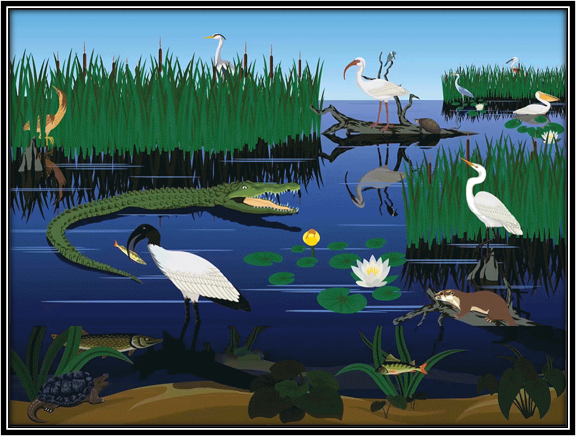EPA Releases SeqAPASS Version 7.0
Published September 21, 2023

EPA has released the 7th version of Sequence Alignment to Predict Across Species Susceptibility (SeqAPASS), a fast online screening tool that allows researchers to extrapolate toxicity information across species.
SeqAPASS Version 7.0 has a new tool that provides users the opportunity to add another line of evidence for extrapolating knowledge across species by incorporating protein structural evaluations in the SeqAPASS analysis. The Iterative Threading Assembly Refinement (I-TASSER) tool allows users to generate protein structures. Users can then use those structures or incorporate additional structures from tools like the Research Collaboratory for Structural Bioinformatics Protein Data Bank (RCSB PDB) and AlphaFold to align them to their chosen species (typically a known sensitive species) then add evidence based on structural similarity in their chemical susceptibility predictions.
By necessity, human and environmental risk assessments for chemicals use a limited number of models species to generate toxicity test data, which are then extrapolated to species of concern. Because there are limited testing resources, an international interest in reducing animal use, and an increasing demand to evaluate chemicals in a timelier manner, there is more demand for good predictive approaches to maximize the use of existing data.
For some species, EPA has data regarding toxicity to certain chemicals. SeqAPASS uses this data along with publicly available protein sequence and structure information to better understand the effects of chemicals on non-target species. This information comes from several sources including millions of protein sequences in the National Center for Biotechnology Information (NCBI) protein database. SeqAPASS provides predictions about a species’ relative susceptibility to a given chemical based on the presence or absence of known protein targets.
This information can then be used to compare molecular sequences and predict likelihood of chemical responses between known species with a lot of toxicity data available and less studied species. Users can select one or more species to query in SeqAPASS to understand how a target protein manifests across the diversity of species.
SeqAPASS can provide three levels of species sequence comparisons, making it simple for users to generate data and synthesize results. Once the process is complete, users can download a customizable Decision Summary Report with data tables and visualizations.
A video demonstration walks through step-by-step how to use the latest version to get predictions that are customizable and interpretable.
Access SeqAPASS 7.0, the user guide and more information on the Sequence Alignment to Predict Across Species Susceptibility (SeqAPASS) Resource Hub.
Learn more about EPA’s Safer Chemicals Research.
Learn more about EPA’s New Approach Methods Research.
